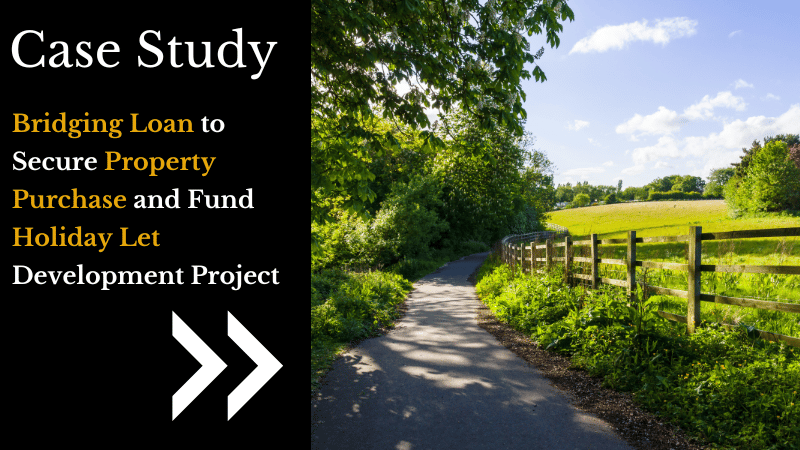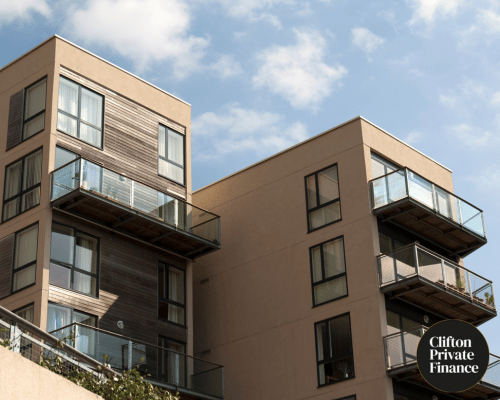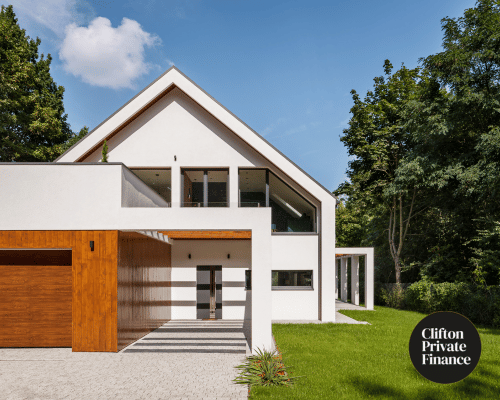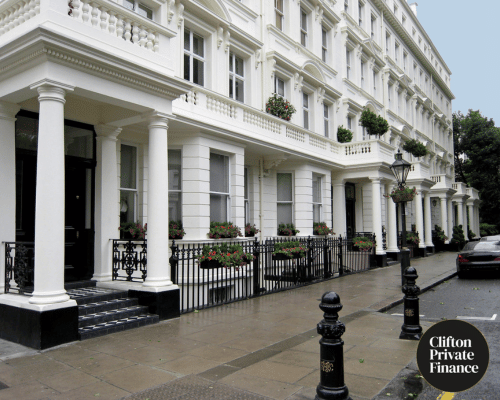Categories
A Guide to Development Finance Rates
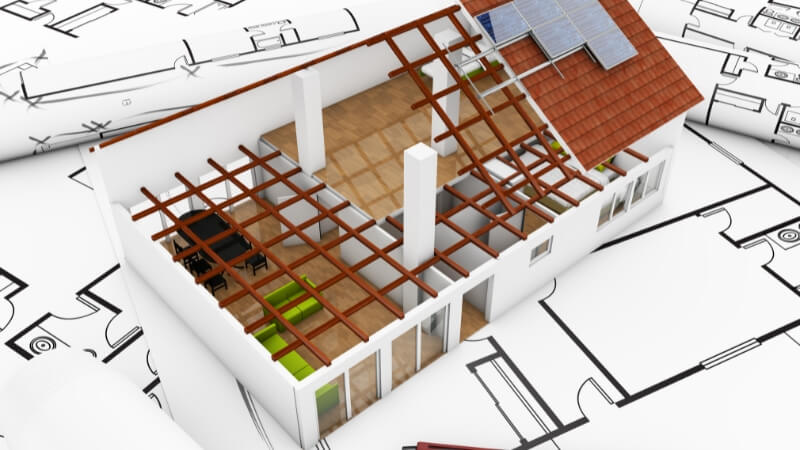
How do development finance rates compare to the average mortgage? Because development loans are usually only offered by specialist lenders, it can be difficult to understand what costs are involved and how they work.
The added complexities of paying contractors, meeting deadlines and the inevitable obstacles that can come with construction contribute to development finance rates being slightly higher than with other types of property finance.
We understand the challenges of comprehending the many offerings from specialist lenders – especially when they can vary wildly depending on which area of property development finance they specialise in.
Compare Funding Options
If you want to compare development finance lenders and understand how your quoted rate is calculated, we can assist you.
Whether your property project is a commercial development, build-to-let, refurbishment, or ground-up self-build project, we can help you find a suitable lender.
Our guide explains how development finance rates are calculated and the factors that influence a lender's rates for your property project.
We will also explore drawdown facilities and how they work with development finance interest rates and eligibility requirements.
Written by: Sam Hodgson
Looking for a quick quote? Get one with our free development finance calculator:
Table of contents:
How Much are Development Finance rates?
How are Development Finance Rates Calculated?
How do Drawdown Facilities Work with Development Finance?
Are There Additional Fees with Development Finance?
What Documentation Would I need to Provide for Development Finance?
Need Help Comparing Development Finance Rates?
How much are development finance rates?
Development loan interest rates can range between 0.55% - 0.83% per month.
Interest rates on development finance may be calculated on a monthly or yearly basis.
The exact rate you get will generally depend on a range of factors such as:
- The Gross Development Value of your project once completed
- Loan term
- Your experience as a developer
- Borrowing amount
- Development Location
- Complexity of the project
See similar: Unlocking opportunities with 100% development finance
Latest property development finance rates we've secured:
Finance Rates from 1 - 18 months Rates up to 80% LTV net As at 17th January 2025 Finance Rates from Up to 24 months Rates up to 70% of GDV As at 17th January 2025 Finance Rates from 1 to 18 months Rates up to 80% LTV net As at 17th January 2025 Thank You for your interest - please complete the form below and a member of our team will be in contact.Flipping Property?
Buying, Renovating & Selling (or Letting)
0.55% pm
Ground Up Development
New Builds
0.83% pm
Existing Development?
Refinance & Exit Finance
0.55% pm
Contact Us
How are Development Finance Rates Calculated?
The determination of development finance rates by lenders is influenced by numerous factors.
Consequently, it can be challenging to ascertain an average for UK lender rates in development finance without first comparing the market and considering the specific nuances of your property development plans.
Here are some of the main factors which will affect how lenders rate are calculated:
- GDV (Gross Development Value) – with development finance, lenders will take into account the projected value of your property project when completed. This value will alter the amount you can potentially borrow, and in turn will affect the interest rate applied.
- Loan Term – The loan term agreement is an important consideration in property development, as it determines the time you have to complete the project. This timeframe can affect the interest rate on your loan. Development finance typically has a short-term duration, usually up to 36 months.
- Prior Experience – lenders will take into account previously managed property development projects – if you have prior, successful experience then a lender is more likely to consider you a lower risk borrower and you can display expertise within the field of development finance.
- What you Need to Borrow – The amount you need to borrow will be an important factor – the more you need, the higher the interest rate is likely to be.
- Development Location – where your property is located can impact a few logistical issues that can increase development costs – i.e. remote areas may be more difficult to get materials to, and may subsequently increase the overall cost and longevity of a property development.
- Complexity of the Project/Project type – the nature of property development you intend to carry out – a ground-up development, new build, and light/heavy refurbishment – will impact the rate which you receive, as this can vary greatly based on the scope and scale of development that needs to be funded.
How do Drawdown Facilities Work with Development Finance?
Development finance is funded in stages via a drawdown facility – this can be useful for property developers, as it allows a borrower to pay interest only on what is drawn down over the course of the loan.
While the rate remains the same – determined by the factors listed above – the amount you pay interest on changes, and is split into manageable chunks.
Here’s how it works:
- Agreement – When securing development finance, a comprehensive agreement is established between you and the lender. This agreement defines the total loan amount and specifies the terms of the drawdown facility. It also outlines the predetermined stages or milestones at which you can request funds.
- Staged Funding – Development finance is typically disbursed in stages or tranches, precisely aligned with significant project milestones. These milestones may include crucial phases such as land acquisition, obtaining planning permission, commencing construction, and ultimately completing the project.
- Fund Release – As you successfully reach each predetermined milestone, you have the opportunity to request funds from the lender. To facilitate this process, you must submit drawdown requests accompanied by essential supporting documentation, including invoices, receipts, or valuations.
- Repayment – During the development phase, you may be obligated to make interest payments exclusively on the drawn-down funds. However, as the project nears completion or achieves specific milestones, the repayment terms may undergo an adjustment to include capital repayments too.
Overall, a drawdown facility provides a developer the flexibility needed regarding complicated property development projects; they reduce upfront costs, allow access to funds quickly, and spread the interest payments over the duration of the loan by only paying interest on each fund release.
Many development lenders allow you to roll-up your interest payments until the end of the loan.
This means your cashflow is protected and you can focus on paying for materials and contractors instead of making interest repayments.
When you sell your project or refinance, you can then pay off the interest as a lump sum.
Compare Funding Options
Our Development Finance Case Studies
Are There Additional Fees with Development Finance?
Considering the numerous fees and charges associated with development finance, it is important to be aware of the potential expenses before committing to any loan terms.
These charges can vary significantly among lenders, especially for expansive property projects – here are a few likely additional fees to be aware of:
- Arrangement Fee – Charged by the lender for organizing the development finance, and usually a percentage of your loan value.
- Valuation Fee – Covers the cost of a professional surveyor or valuer assessing the property's value and condition.
- Legal Fees – You will need to hire a solicitor to handle legal aspects of the loan and the property transaction.
- Broker Fees – a specialist finance broker is invaluable when it comes to securing development finance and accessing the best UK lenders rates – we charge a fee which will equal a small percentage of the loan amount (up to 2% of the loan amount)
- Insurance – When it comes to financing a property development, lenders may require specific insurance coverage, such as site insurance or structural warranty.
Compare Funding Options
What Documentation do I need to Provide for Development Finance?
When applying for development finance, it is essential to submit a comprehensive proposal to the lender. This includes project details, financial projections, timelines, permits, and planning permissions.
The required documentation typically includes:
- Cash flow projections and a realistic development plan.
- Details of all applicants involved, especially for limited companies, including information on existing debt or liabilities.
- Record of previous experience and completed similar projects to demonstrate expertise.
- Additional documentation as per the specific requirements of the lender and the project.
The application process and required documentation may vary based on the borrower's objectives and the lender's criteria. Also, lenders may request additional security based on property valuation and the expected post-development value.
While you're here, our short video below explains Property Development Finance in more detail:
Need Help Comparing Development Finance Rates?
We can assist when it comes to choosing the right specialist lender – here at Clifton Private Finance, we have the expertise and knowledge of the development finance market to find lenders that can meet your requirements.
We take a personalized approach to finding the right lender for your circumstances, and our whole-of-market access ensures that you get the most competitive rates – you can make a start through our comparison tool, and compare over 40 different lenders with ease.
Our development finance calculator allows you to swiftly compare quotes from over 40 lenders. Applying online is easy, and you can receive a decision in principle within hours.
All you need do is provide your project details, including:
- Development type
- Property type(s)
- Purchase costs,
- Build costs
- GDV (gross development value)
- Exit strategy, and more.
Our platform will then generate a list of quotes from our lender panel, which you can filter and narrow in on the perfect choice.
Comparing interest rates, fees, deposit requirements, and loan value allows you to secure the most suitable and valuable quote for your development project.
Filter options based on the lowest interest rates and fees, then consider deposit requirements and loan value for each product. This process ensures you receive the ideal quote, maximizing the value for your specific project needs.
Try it out for free below:
When it comes to significant financial decisions, seeking the help of a specialist finance broker is always recommended. Our team can ensure you receive finance at an affordable and favourable rate, suited to you.
Contact us today at 0117 959 5094 to learn how we can assist you, or book a consultation below.
FAQs
What is Maximum LTV for Development Finance?
The maximum LTV for development finance will vary from lender to lender, and is dependent on several factors. Typically, it will range from 50% to 70% of the Gross Development Value (GDV); representing the expected market value of the completed project. Certain lenders may offer higher LTVs based on project and borrower circumstances – bare in mind, however, that higher LTVs will entail a greater risk for the borrower.
How can I Improve my Chances of Qualifying for Development Finance with Lower Rates?
To improve your chances of qualifying for development finance with lower rates, seek advice from a specialist finance broker. Factors such as prior experience in property projects, a detailed and feasible proposal, realistic financial projections, and a solid exit strategy are important. Comparing the market beforehand helps you explore options and find a lender offering favourable rates for your specific project.

